Gold has captivated humanity for millennia—shimmering in jewelry, hoarded in vaults, and traded as a timeless symbol of wealth. Today, as economic uncertainties swirl and global tensions simmer, one question looms large for Canadian investors: Will gold hit $7000 CAD per ounce by 2030? It’s a bold figure,
The Golden Question: Why $7000 CAD Matters
It’s 2030, and you’re sipping coffee, scrolling through your investments. Gold sits at $7000 Canadian per ounce. For some, it’s a dream scenario—a jackpot for those who bought low. For others, it’s a signal of deeper economic shifts. But why focus on this number? At its core, it’s about understanding gold’s potential as both a safe haven and a wealth-builder in a country where the Canadian dollar dances with global forces.
Table of Contents
As of mid-2025, gold is already flirting with record highs, driven by inflation fears, geopolitical unrest, and a shaky global economy. But reaching $7000 CAD by 2030 would require a dramatic climb—potentially doubling or tripling today’s prices, depending on exchange rates and market dynamics. Is it possible? Let’s unpack the puzzle, piece by piece.
What Drives Gold Prices? The Forces at Play
Gold isn’t just a shiny metal; it’s a barometer of global health. Its price ebbs and flows with economic tides, political storms, and human behavior. To predict whether it’ll hit $7000 CAD, we need to zoom in on the key drivers. Here’s what’s at work:
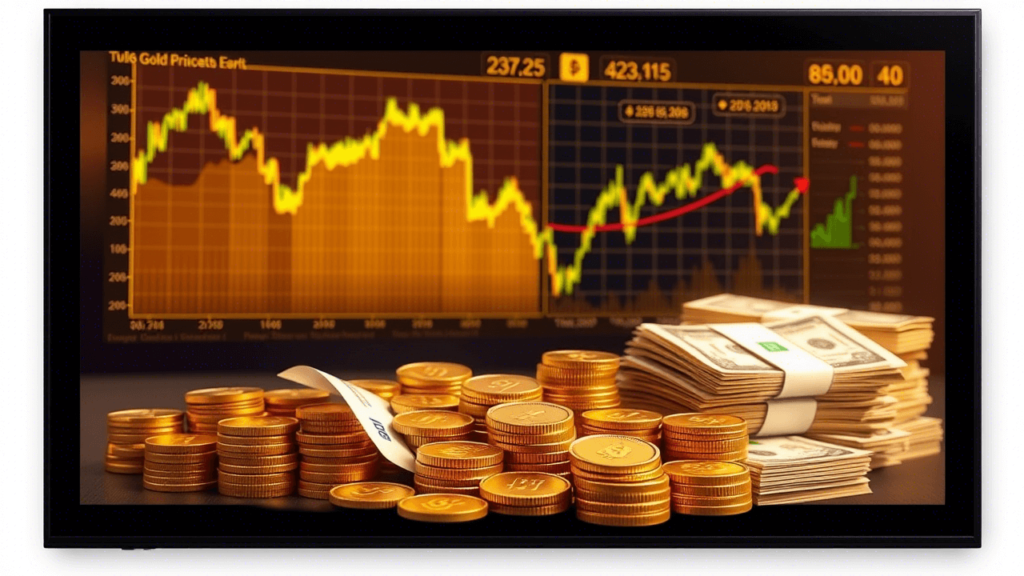
1. Economic Conditions: The Safe Haven Effect
When the economy stumbles—think recessions, market crashes, or banking crises—gold shines. Investors flee volatile stocks and bonds, parking their money in this reliable asset. The 2008 financial crisis saw gold jump from $700 USD to over $1800 USD in just a few years. Could another downturn push it higher by 2030?
2. Geopolitical Tensions: The Chaos Premium
Wars, trade disputes, and political upheaval often send gold soaring. Take the Russia-Ukraine conflict in 2022—gold spiked as uncertainty gripped markets. If tensions escalate globally—say, in the Middle East or between superpowers—demand could surge, lifting prices.
3. Inflation: The Currency Killer
When inflation eats away at the value of dollars, gold becomes a shield. The 1970s taught us this lesson: as U.S. inflation hit double digits, gold rocketed from $35 USD to over $800 USD per ounce. If central banks lose control of inflation in the coming years, gold could follow suit.
4. Supply and Demand: The Market Balance
Gold isn’t infinite. Mining output has plateaued, and new discoveries are rare. Meanwhile, demand from central banks (think China and Russia stockpiling reserves) and consumers (India’s wedding season gold rush) keeps pressure on supply. A squeeze here could mean higher prices.
5. The Canadian Dollar: The X-Factor
Gold is priced globally in U.S. dollars, but we’re asking about $7000 Canadian. The CAD/USD exchange rate is crucial. A weaker Canadian dollar—like we saw in 2016 when it hit 1.45 against the USD—makes gold pricier in CAD terms. If the loonie falters, $7000 CAD becomes more achievable, even if the USD price lags.
Expert Predictions: What the Crystal Ball Says
Forecasting gold prices is like predicting the weather—everyone’s got an opinion, and no one’s got a perfect track record. Still, let’s round up some expert takes to see where the smart money’s betting:
- J.P. Morgan: Sees gold hitting $2,775–$2,850 USD by late 2025, citing inflation and central bank buying.
- Goldman Sachs: Predicts $3,300 USD by 2025, driven by economic uncertainty.
- InvestingHaven: Goes bolder, forecasting $3,100 USD by 2025 and $5,000 USD by 2030, fueled by long-term trends.
- Charlie Morris (LBMA): The bull of the bunch, projecting $7,000 USD by 2030 if inflation and geopolitical risks explode.
- World Gold Council: More cautious, suggesting $3,000 USD soon but not venturing to 2030.
These are USD figures, so let’s crunch some numbers. If gold hits $5,000 USD by 2030 and the CAD/USD exchange rate is 1.40 (not unreasonable given historical swings), that’s $5,000 × 1.40 = $7000 CAD. Morris’s $7,000 USD scenario? That’s $9,800 CAD at the same rate—a jaw-dropping possibility!
History’s Lessons: Gold’s Wild Rides
The past isn’t a perfect predictor, but it’s a goldmine of insights. Let’s rewind to some defining moments:
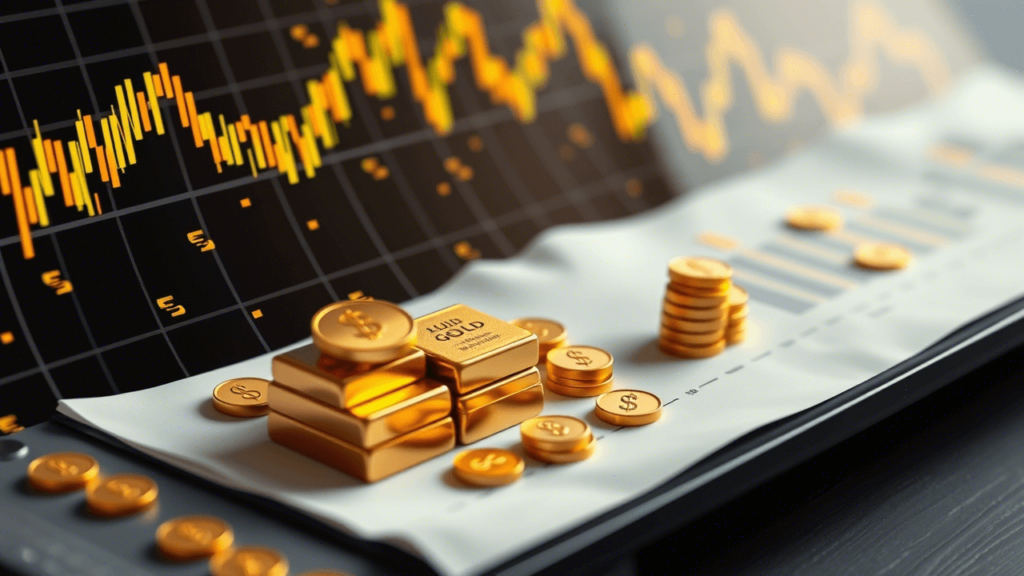
The 1970s: Inflation’s Golden Age
In 1971, gold was $35 USD per ounce. By 1980, it hit $850 USD—an insane 2,400% increase—thanks to runaway inflation and a crumbling U.S. dollar. Adjusted for today’s dollars, that peak was over $2,500 USD. Could a similar inflationary spiral strike again?
2008 Financial Crisis: The Safety Surge
Pre-crisis, gold lounged at $700 USD. Post-meltdown, it soared to $1,895 USD by 2011 as investors panicked. That’s a 170% leap in four years. Another crisis by 2030 could spark a similar run.
COVID-19 Chaos: The Modern Test
In 2020, gold broke $2,000 USD for the first time, fueled by pandemic uncertainty and massive stimulus. It’s since hovered near all-time highs, proving its resilience in turbulent times.
If history repeats—or rhymes—gold’s knack for thriving in chaos could pave the way to $7000 CAD.
Visualizing the Journey: Charts and Tables
Numbers tell stories better with visuals. Here’s how gold’s past and future stack up:
Chart: Gold Prices (2000–2025)
Imagine a line graph here, tracing gold’s climb from $280 USD in 2000 to $700 USD in 2007, $1,800 USD in 2011, and over $2,500 USD by 2025. Spikes mark the 2008 crisis and 2020 pandemic.
Table: Expert Forecasts for Gold (2025–2030)
| Analyst/Institution | 2025 Forecast (USD) | 2030 Forecast (USD) | 2030 in CAD (at 1.40) |
|---|---|---|---|
| J.P. Morgan | $2,775–$2,850 | N/A | N/A |
| Goldman Sachs | $3,300 | N/A | N/A |
| InvestingHaven | $3,100 | $5,000 | $7,000 |
| Charlie Morris (LBMA) | N/A | $7,000 | $9,800 |
| World Gold Council | $3,000 | N/A | N/A |
This table shows the range of possibilities—and how exchange rates could tip the scales toward $7000 CAD.
The Canadian Dollar Wildcard
Let’s zoom in on that CAD/USD exchange rate. Gold might hit $5,000 USD—a hefty climb from today’s $2,500 USD—but if the Canadian dollar weakens, $7000 CAD is in sight. Here’s a quick scenario:
- Today: Gold at $2,500 USD, CAD/USD at 1.35 = $3,375 CAD.
- 2030 Scenario 1: Gold at $5,000 USD, CAD/USD at 1.40 = $7,000 CAD.
- 2030 Scenario 2: Gold at $5,000 USD, CAD/USD at 1.20 = $6,000 CAD.
A weaker loonie—say, due to falling oil prices or economic slowdown—could be the secret sauce. Canada’s commodity-driven economy makes this a real possibility.
Voices of Authority: Expert Quotes
Let’s hear from the pros:
- “Gold is the ultimate insurance policy against economic and geopolitical risks.” — Ray Dalio, Hedge Fund Legend
Dalio’s seen it all, and he’s betting on gold’s staying power. - “The future of gold prices depends on a myriad of factors, but its role as a store of value remains unchanged.” — Jim Rogers, Investment Guru
Rogers reminds us gold’s allure isn’t fading. - “If inflation takes off, $7,000 gold isn’t a fantasy—it’s a likelihood.” — Charlie Morris, LBMA Analyst
Morris’s bold call fuels the $7000 debate.
These voices add weight to our analysis, blending optimism with realism.
Bullet Points: Key Takeaways So Far
- Economic turmoil boosts gold as a safe haven.
- Geopolitical risks could ignite demand.
- Inflation historically sends gold skyward.
- Supply constraints and central bank buying support higher prices.
- A weaker CAD could make $7000 CAD reachable even at $5,000 USD.
The Bull Case: Why Gold Could Soar
What would it take for gold to hit $7000 CAD? Here’s the dream scenario:
- Runaway Inflation: Central banks print money like it’s going out of style, and inflation hits 1970s levels.
- Global Chaos: A major conflict or trade war sends investors scrambling for safety.
- CAD Collapse: The Canadian dollar tanks to 1.50 or beyond against the USD.
- Supply Shock: Mining disruptions tighten gold’s availability.
- Investor Frenzy: Retail and institutional buyers pile in, sparking a speculative boom.
If these stars align, $7000 CAD isn’t just possible—it’s probable.
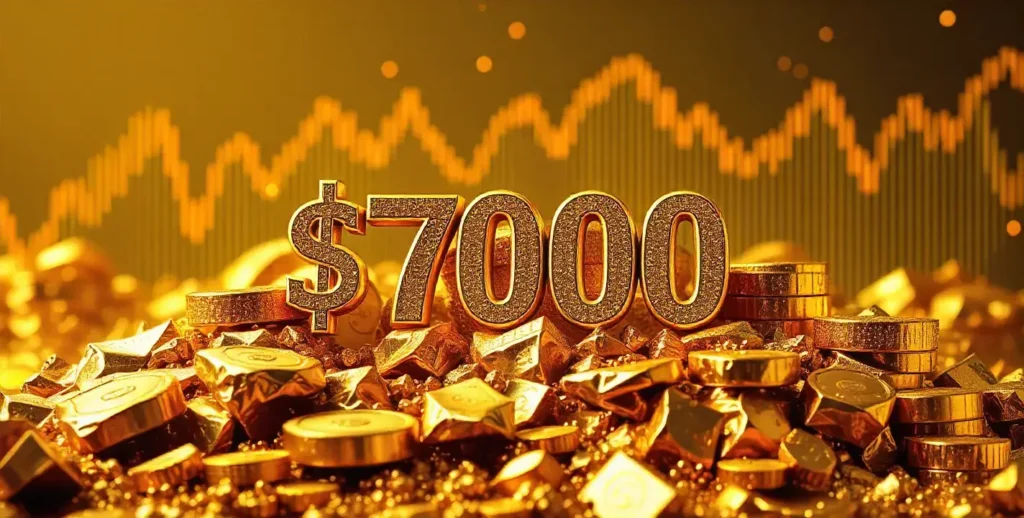
The Bear Case: What Could Hold Gold Back?
Not so fast—here’s why gold might stall:
- Economic Boom: A roaring recovery favors stocks over gold.
- Deflation: Falling prices sap gold’s inflation-hedge appeal.
- Strong CAD: A robust loonie keeps CAD prices in check.
- Policy Wins: Central banks tame inflation, reducing gold’s allure.
- Demand Drop: Shifting tastes or tech breakthroughs cut gold use.
A stable, peaceful world could keep gold below that $7000 CAD mark.
Gold in Your Portfolio: Why It Matters
Whether gold hits $7000 CAD or not, it’s a portfolio MVP:
- Inflation Shield: Protects your wealth when prices rise.
- Crisis Buffer: Holds steady when markets crash.
- Diversifier: Moves differently from stocks and bonds.
For Canadians, it’s also a hedge against a wobbly loonie. Think of gold as your financial seatbelt—unexciting until you need it.
FAQ: Your Gold Questions Answered
Q: Is gold a smart long-term investment?
A: Yes, for diversification and protection, but it’s not a get-rich-quick scheme. Prices can swing wildly.
Q: How can I invest in gold?
A: Options abound—physical gold (coins, bars), gold ETFs, or mining stocks. Each has pros and cons.
Q: What risks come with gold?
A: Volatility, storage costs (for physical gold), and no dividends or interest. It’s a bet on price appreciation.
Q: Will gold really hit $7000 CAD by 2030?
A: Maybe! It hinges on inflation, geopolitics, and the CAD. No crystal ball here—just educated guesses.
Conclusion: The Road to $7000 CAD
So, will gold hit $7000 Canadian by 2030? The answer is a tantalizing “It depends.” If inflation roars, tensions flare, and the loonie stumbles, we could see gold shatter expectations. But a calm, stable world might keep it grounded. History shows gold thrives in chaos—1970s inflation, 2008’s crash, 2020’s pandemic—and the next five years could bring more of the same.
For now, gold’s a bet worth watching. Diversify, stay informed, and keep your eyes on the horizon. Whether it’s $7000 CAD or not, gold’s enduring value makes it a cornerstone for uncertain times. What do you think—will gold strike it rich by 2030? Drop your thoughts below!




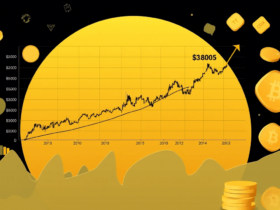
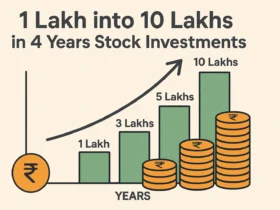








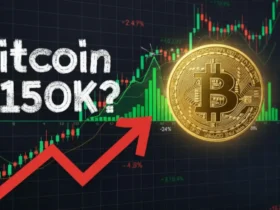





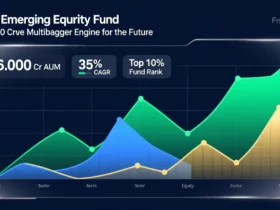
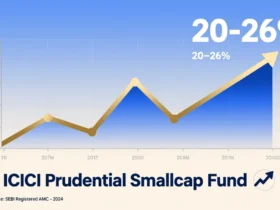






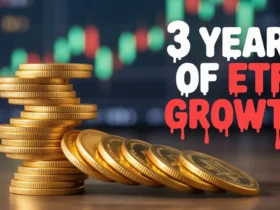
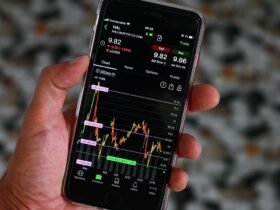

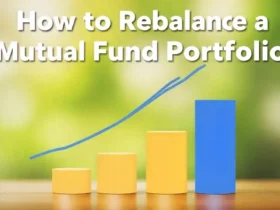

Leave a Reply